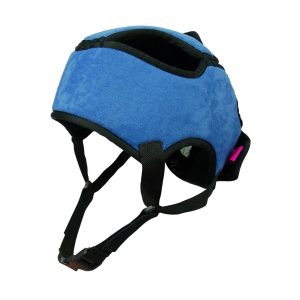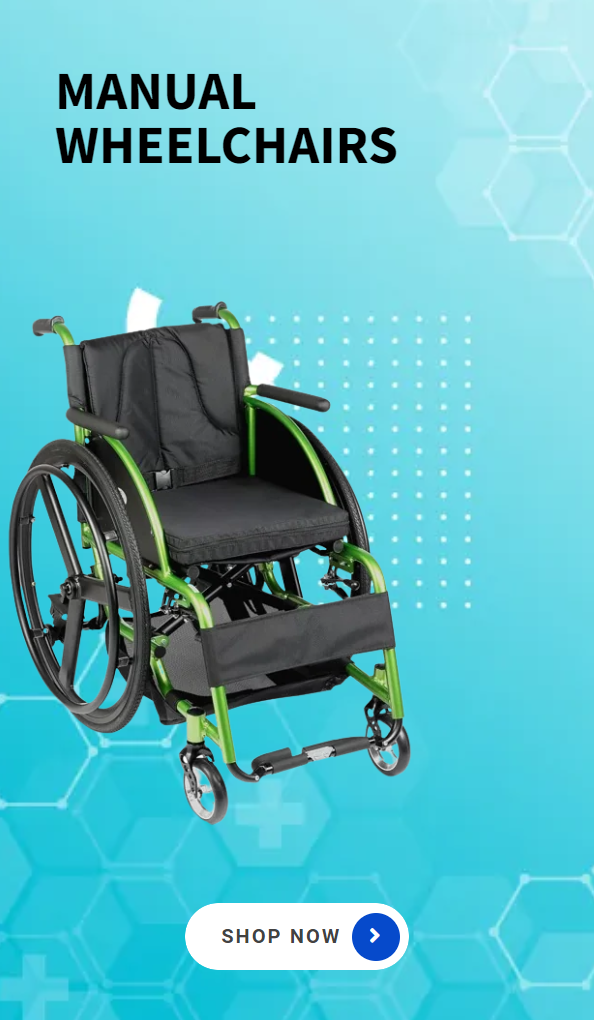Head protectors are essential pieces of safety equipment that can prevent serious head injuries. They are used to protect the head and brain from the impact of a fall or collision, absorbing the force of the impact and reducing the risk of serious injury.
Head injuries can be very serious and sometimes even fatal, and they can have long-lasting effects on a person’s life. A head injury can cause brain damage, memory loss, cognitive impairment, and other neurological problems. It can also cause physical disabilities, such as paralysis or loss of motor skills.
The use of head protectors, such as helmets, can significantly reduce the risk of head injury. Helmets are designed to absorb the force of an impact and distribute it evenly across the head, reducing the impact on any one area of the brain. They can also provide protection against objects that may strike the head, such as rocks or debris.
Head protectors are especially important for athletes who participate in high-impact sports, such as football, hockey, and boxing. In these sports, athletes are at a higher risk of sustaining head injuries due to the high speeds and physical contact involved.
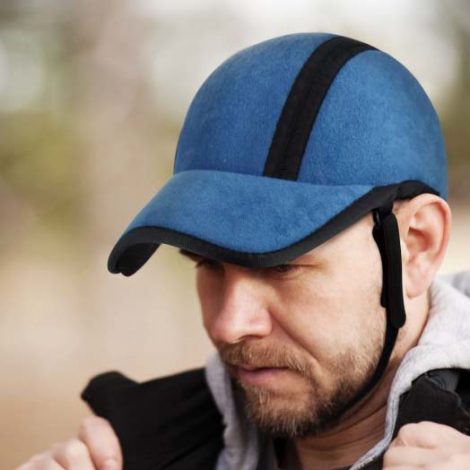
In football, for example, head injuries are common due to the collisions that occur during tackles and other contact plays. The use of helmets can significantly reduce the risk of concussion and other head injuries. Similarly, in hockey, players wear helmets to protect themselves from the impact of collisions with other players and the puck.
Head protectors are also important for cyclists, motorcyclists, and other individuals who engage in activities that involve riding or driving. In these activities, accidents can occur due to collisions with other vehicles or objects, and head injuries are a common result. The use of helmets can significantly reduce the risk of head injury and prevent serious long-term effects.
The importance of head protectors is not limited to sports and recreational activities. Head injuries can also occur in the workplace, especially in industries such as construction and manufacturing. In these industries, workers are at a higher risk of sustaining head injuries due to falling objects, heavy machinery, and other hazards. The use of helmets and other head protectors can significantly reduce the risk of head injury and prevent serious long-term effects.
The Different Types of Head Protectors
Head protectors are essential safety gear for various activities and sports, including cycling, motorcycling, rock climbing, skateboarding, and skiing. They come in different shapes and sizes, and each type is designed to provide specific protection for the head and brain.
In this article, we’ll discuss the different types of head protectors and their features, so you can make an informed decision when choosing the right one for your needs.
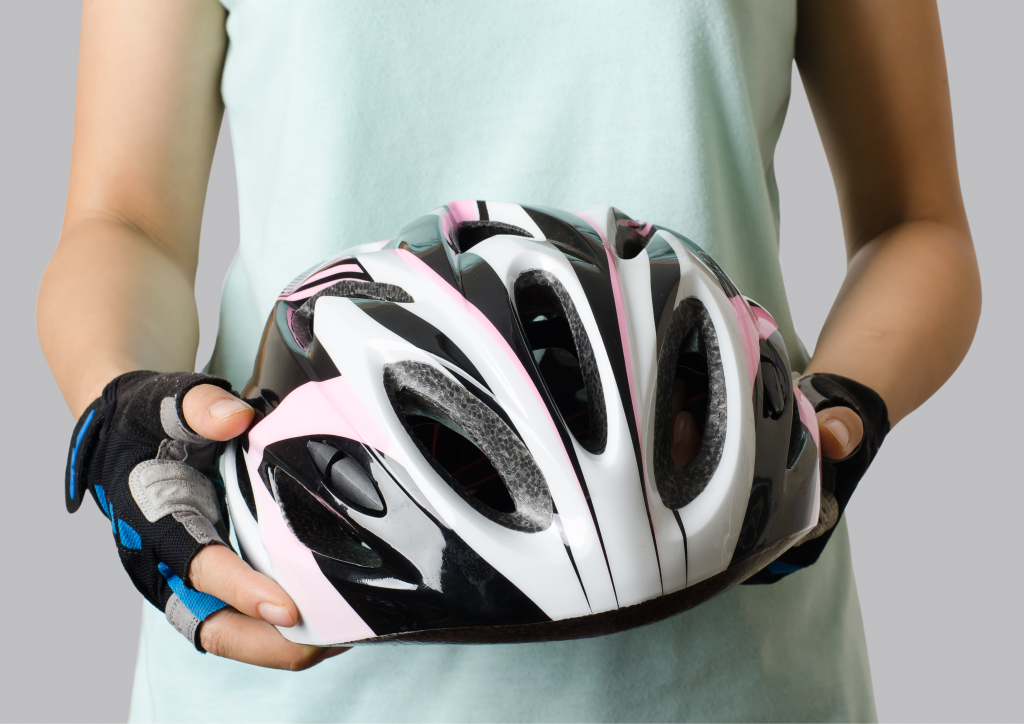
1. Bicycle helmets
Bicycle helmets are designed to protect the head and brain from injuries in the event of a fall or collision while riding a bike. They usually consist of a hard outer shell made of polycarbonate or ABS plastic and a foam liner that absorbs the impact.
Bicycle helmets come in different styles, including road helmets, mountain bike helmets, and commuter helmets. Road helmets are designed to be lightweight and aerodynamic for maximum speed, while mountain bike helmets have more coverage and a visor to protect against branches and debris.
2. Motorcycle helmets
Motorcycle helmets are a must-have safety gear for motorcyclists. They come in different types, including full-face helmets, modular helmets, open-face helmets, and half helmets.
Full-face helmets provide the most protection for the head, face, and chin. They have a chin bar that can be locked down to provide extra protection in case of a crash. Modular helmets have a flip-up chin bar, allowing riders to communicate easily with others without taking off their helmets. Open-face helmets provide protection for the top and back of the head but do not cover the face or chin. Half helmets cover only the top of the head and are not recommended for maximum protection.
 3. Climbing helmets
3. Climbing helmets
Climbing helmets are designed to protect the head from falling objects or impacts during rock climbing, ice climbing, or mountaineering. They have a hard outer shell and a foam liner that absorbs impacts.
Climbing helmets come in two types: hardshell helmets and foam helmets. Hardshell helmets have a hard plastic shell that provides more durability and resistance to impact, while foam helmets are lighter and more comfortable.
4. Skateboard helmets
Skateboard helmets are designed to protect the head from impacts during skateboarding, roller skating, or inline skating. They have a hard outer shell and a foam liner that absorbs impacts.
Skateboard helmets come in different styles, including traditional helmets, which provide full head protection, and half-shell helmets, which cover only the top of the head.
5. Ski helmets
Ski helmets are designed to protect the head and brain from impacts during skiing or snowboarding. They have a hard outer shell and a foam liner that absorbs impacts.
Ski helmets come in different styles, including full-shell helmets, which provide the most protection, and half-shell helmets, which cover only the top of the head. They also have features such as adjustable vents, removable ear pads, and goggle compatibility.
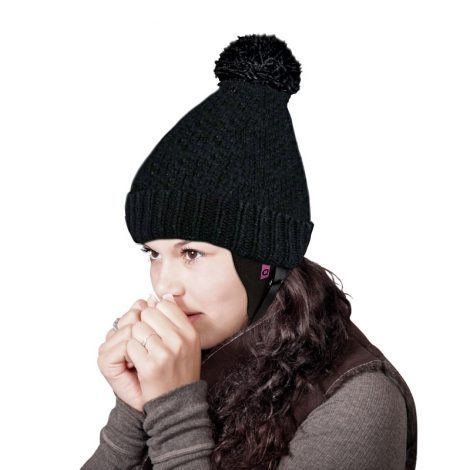
Importance of head protectors
Head protectors are essential safety gear for various activities and sports. They come in different types, including bicycle helmets, motorcycle helmets, climbing helmets, skateboard helmets, and ski helmets. Each type is designed to provide specific protection for the head and brain. When choosing a head protector, it is important to consider the type of activity or sport, the level of protection needed, and the comfort and fit of the helmet. By choosing the right head protector, you can enjoy your activities and sports safely and confidently.
The importance of head protectors is not limited to sports and recreational activities. Head injuries can also occur in the workplace, especially in industries such as construction and manufacturing. In these industries, workers are at a higher risk of sustaining head injuries due to falling objects, heavy machinery, and other hazards. The use of helmets and other head protectors can significantly reduce the risk of head injury and prevent serious long-term effects.
Head protectors for people with disabilities or the elderly
Head protectors can be particularly important for people with disabilities or the elderly who may be at greater risk of falls or head injuries due to mobility or balance issues.
Here are some important factors to consider when choosing a head protector for this population:
-
Comfort: Head protectors should be comfortable to wear, especially for those who may need to wear them for extended periods. Look for products with adequate padding and ventilation to prevent discomfort or irritation.
-
Fit: The head protector should fit securely and comfortably on the individual’s head. Look for products with adjustable straps to ensure a proper fit.
-
Level of Protection: The level of protection needed will depend on the individual’s needs and the level of risk for injury. Consider products that provide adequate protection while still allowing the individual to engage in their daily activities.
-
Ease of Use: For individuals with disabilities or the elderly, it is important to choose a head protector that is easy to put on and take off. Look for products that have a simple design and don’t require complicated adjustments.
-
Style: The style of the head protector may be important for some individuals, especially if they are self-conscious about wearing a protective helmet. Look for products that come in different colors or styles to help individuals feel more comfortable wearing them.
-
Brand Reputation: Consider the reputation of the brand when choosing a head protector for someone with a disability or the elderly. Look for brands that have a good reputation for quality and safety.
It is important to involve the individual in the decision-making process and choose a head protector that meets their specific needs and preferences. Consult with a healthcare provider or occupational therapist to ensure that the head protector is appropriate and provides adequate protection.
What to look for when buying head protectors
When buying head protectors, there are several factors that you should consider to ensure that you are choosing the right product for your needs. Here are some key things to look for:
-
Safety Standards: The most important factor to consider when buying a head protector is safety. Look for products that meet safety standards set by organizations such as the Consumer Product Safety Commission (CPSC) in the US or the European Committee for Standardization (CEN) in Europe. These standards ensure that the product has been tested and meets minimum safety requirements.
-
Fit and Comfort: The head protector should fit comfortably and securely on your head. Look for products that come in a range of sizes to ensure a good fit. The product should also be adjustable so that you can customize the fit. Padding and ventilation are also important for comfort and breathability.
-
Durability: A head protector should be durable enough to withstand repeated impacts. Look for products made with strong materials such as ABS plastic or polycarbonate. Check for any signs of cracks or damage before using the product and replace it if necessary.
-
Type of Head Protector: There are different types of head protectors available for different activities. For example, helmets designed for bicycling may not provide adequate protection for skiing or snowboarding. Make sure you choose a product that is specifically designed for the activity you will be doing.
-
Additional Features: Some head protectors come with additional features such as a visor, built-in lights, or a camera mount. Consider these features if they are important to you, but keep in mind that they may add to the cost of the product.
-
Brand Reputation: Finally, consider the reputation of the brand when making your purchase. Look for brands that have a good reputation for quality and safety. Read reviews from other customers to get an idea of how the product has worked for others.
By considering these factors, you can find a head protector that meets your needs and provides the necessary protection for your activity.
If you are looking for head protectors take a look a the great range that MyMedici have on offer:
-
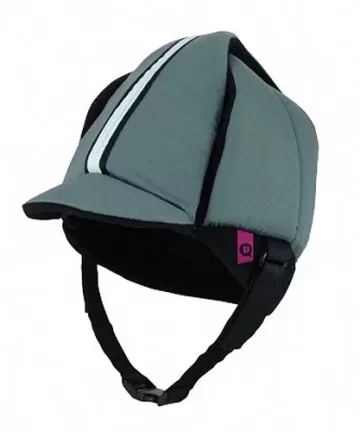 Peaked Cap Soft Head Protector$329.00 incl. gst
Peaked Cap Soft Head Protector$329.00 incl. gst -
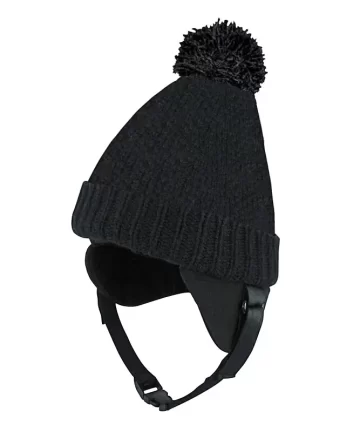 Beanie Protective Hat Head Protector$329.00 incl. gst
Beanie Protective Hat Head Protector$329.00 incl. gst -
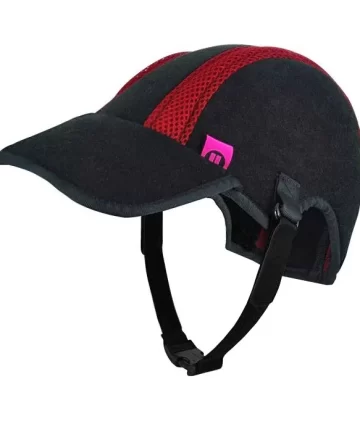 Padded Head Protector, Breathable Sun Visor Cap$329.00 incl. gst
Padded Head Protector, Breathable Sun Visor Cap$329.00 incl. gst -
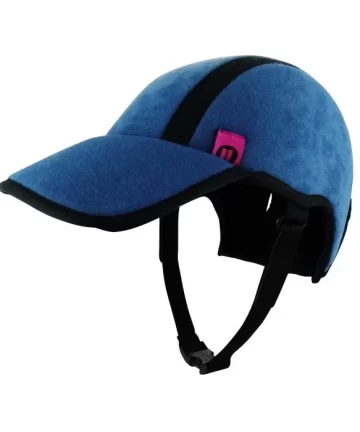 Head Protector Baseball Cap, Padded$329.00 incl. gst
Head Protector Baseball Cap, Padded$329.00 incl. gst -
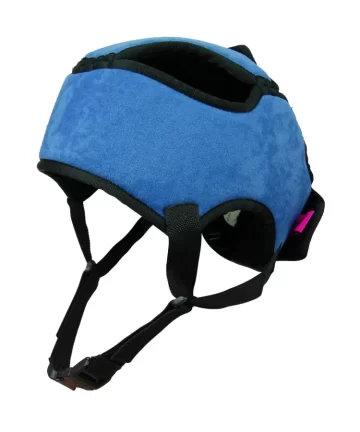 Head Protection for Seniors, Soft$299.00 incl. gst
Head Protection for Seniors, Soft$299.00 incl. gst -
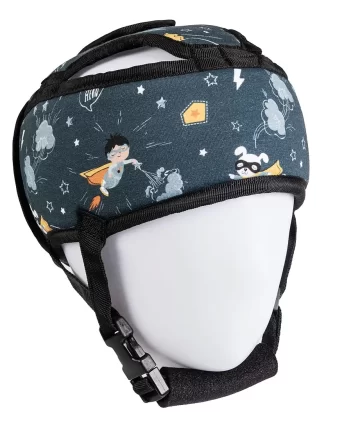 Soft Head Protector Helmet for Kids$299.00 incl. gst
Soft Head Protector Helmet for Kids$299.00 incl. gst




